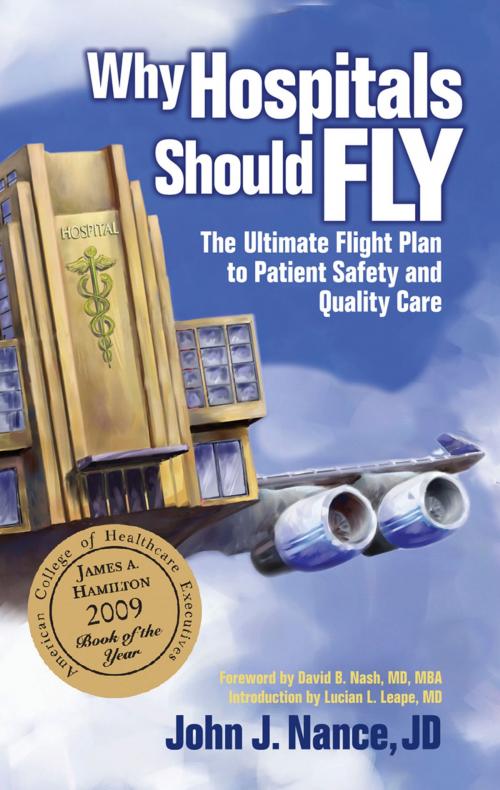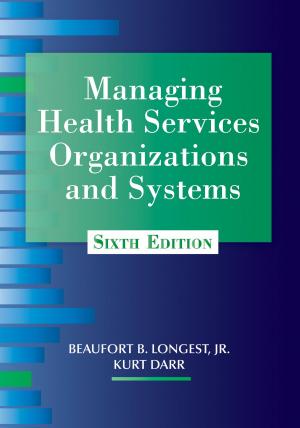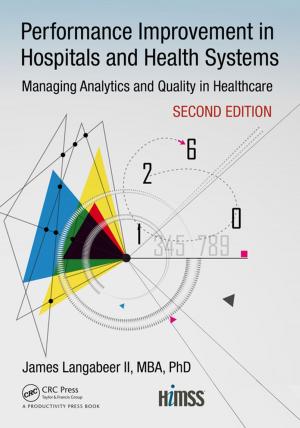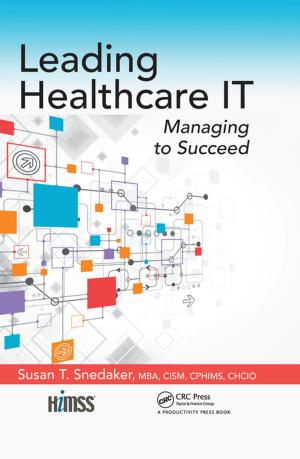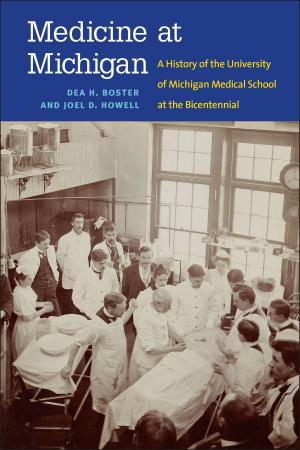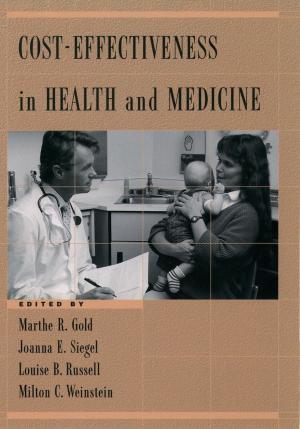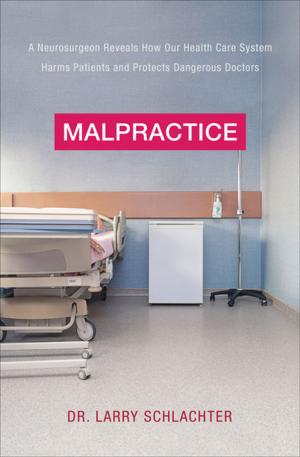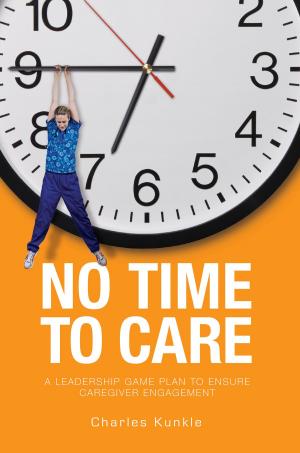Why Hospitals Should Fly
The Ultimate Flight Plan to Patient Safety and Quality Care
Nonfiction, Health & Well Being, Health, Safety, Medical, Patient Care, Health Care Delivery, Reference, Hospital Administration & Care| Author: | John J. Nance, JD | ISBN: | 9781936406043 |
| Publisher: | Second River Healthcare | Publication: | April 1, 2008 |
| Imprint: | Language: | English |
| Author: | John J. Nance, JD |
| ISBN: | 9781936406043 |
| Publisher: | Second River Healthcare |
| Publication: | April 1, 2008 |
| Imprint: | |
| Language: | English |
“How can it be that in 2008, a checked bag on an airline flight is still exponentially safer than a patient in an American hospital? Simply put, one industry has learned the realities of what it takes to make a human system safe, and the other has not.
So what does it take to dramatically improve patient safety and service quality? It takes a host of new and different (and sometimes radical) methods centered on supporting the people on the front lines – those who actually take care of the patient. It takes a hospital like the one in this story: St. Michael’s.
St. Michael’s itself is fictional, but it is specifically designed to show how the ideal healthcare environment would look and feel. Are all the methods and ideas and organizational characteristics in use at St. Michael’s largely in use in real institutions? Not yet, though many are in the process of being adopted, and some are already producing wonderful results. I encourage you to visit our website WhyHospitalsShouldFly.com, for additional information and insight. .
But the bottom line is this: What St. Michael’s represents is an achievable paradigm, and if we can’t imagine what constitutes truly safe and collegial hospitals, we can’t build them.”
“How can it be that in 2008, a checked bag on an airline flight is still exponentially safer than a patient in an American hospital? Simply put, one industry has learned the realities of what it takes to make a human system safe, and the other has not.
So what does it take to dramatically improve patient safety and service quality? It takes a host of new and different (and sometimes radical) methods centered on supporting the people on the front lines – those who actually take care of the patient. It takes a hospital like the one in this story: St. Michael’s.
St. Michael’s itself is fictional, but it is specifically designed to show how the ideal healthcare environment would look and feel. Are all the methods and ideas and organizational characteristics in use at St. Michael’s largely in use in real institutions? Not yet, though many are in the process of being adopted, and some are already producing wonderful results. I encourage you to visit our website WhyHospitalsShouldFly.com, for additional information and insight. .
But the bottom line is this: What St. Michael’s represents is an achievable paradigm, and if we can’t imagine what constitutes truly safe and collegial hospitals, we can’t build them.”
